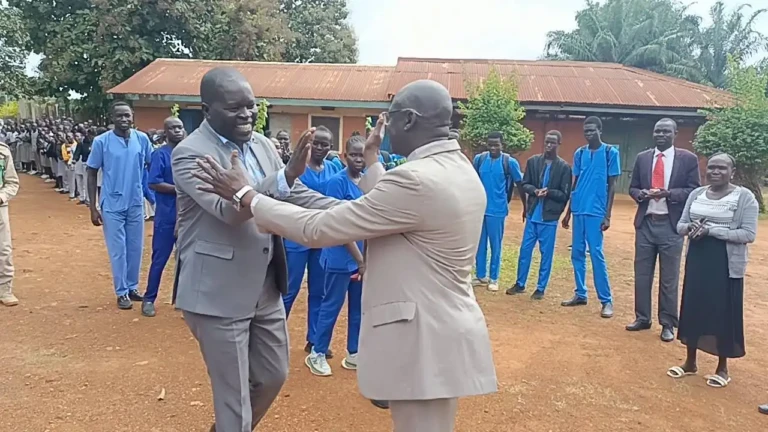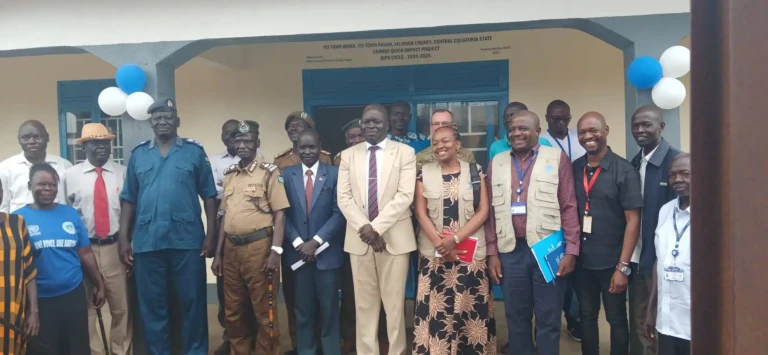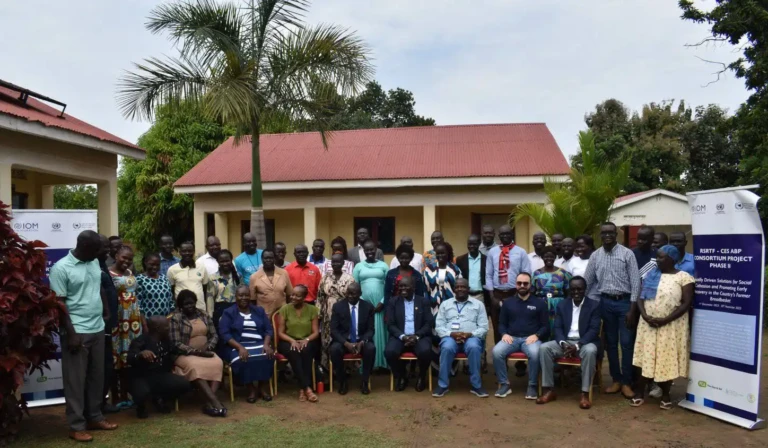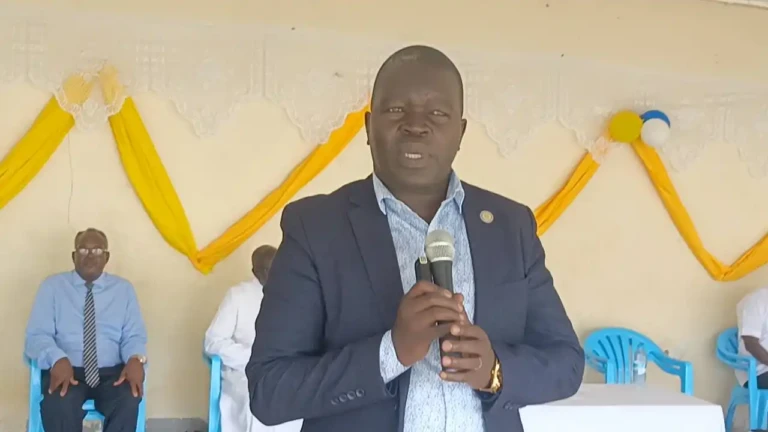
(JUBA) – For many ride hailing drivers in South Sudan, particularly in cities like Juba, owning a compact car such as the Suzuki Swift offers an affordable way to earn a living. But the challenge of navigating cratered roads, poorly designed speed bumps and seasonal flooding makes driving a low clearance vehicle a daily test of endurance.
This concern was recently raised by Paul Deng, a Suzuki Swift driver using his car for Uber style transport services in Juba. He voiced a common complaint.
The bottom of his car often scrapes against speed bumps and potholes, causing alarming metallic grinding noises that suggest deeper damage to the undercarriage.
For small cars like the Suzuki Swift, which sits relatively close to the ground, such scrapes are more than a nuisance. They risk damaging vital components such as the oil sump, transmission casing, exhaust piping and lower engine guards. In a country where spare parts are expensive and qualified mechanics are few, such damage can turn into costly repairs and vehicle downtime.
Many South Sudanese drivers are turning to aftermarket solutions such as car spacers and suspension lift kits to address this. These upgrades can raise the vehicle’s height by a few centimetres, helping avoid direct contact with the road. But while these fixes appear simple and cheap, they come with a host of complications that drivers must carefully consider.
Every car is designed with specific geometry. From suspension to fuel economy, safety to handling, these parameters are the result of years of research and engineering by automakers. Any major modification, such as lifting a car’s suspension, alters this balance especially for cars not originally designed to handle elevated clearance.
For example, the Suzuki Swift features a low centre of gravity and a compact wheelbase. This design improves cornering stability and fuel efficiency. Raising the vehicle height disrupts this equilibrium, increasing the risk of body roll when cornering and possibly even rollovers in emergency situations. This becomes especially dangerous on Juba’s narrow or gravel roads.
The type of suspension lift used also matters. In Juba, many local garages and roadside welders offer spacers or rubber blocks fabricated from old materials. Though affordable, these makeshift kits are rarely tested or certified. Improperly fitted spacers can increase pressure on suspension components like shocks and control arms, leading to premature wear or failure. This can end up costing more in long-term repairs than the original damage from scraping the road.
There is also a fuel economy trade off. Lifting the car increases wind resistance (aerodynamic drag), which reduces mileage. For Uber drivers trying to manage fuel expenses, already high due to fluctuating prices and limited fuel stations, this becomes a serious downside.
Some drivers try to fix the side effects of a suspension lift by adding wheel spacers to widen the car’s stance. While this can help improve grip and stability, it must be done with extreme precision to avoid changing the camber or stress load of the tyres and axles.
With rough roads and limited access to well stocked repair centres, these mechanical shortcuts can lead to long term reliability issues. Therefore, it is advisable for any car owner considering a lift to first consult a professional automotive engineer or a certified workshop. Reputable suppliers and fitters should be able to source vehicle specific kits made from safe materials and within manufacturer tolerance levels.
Below is a simple breakdown of the pros and cons of raising a compact car like the Suzuki Swift:
| Factor | Benefit | Risk |
|---|---|---|
| Ground clearance | Reduces bottom scraping on potholes | Increases body roll and lowers stability |
| Suspension mods | Can improve off road capability | Adds stress to suspension components |
| Fuel efficiency | None | Reduced due to aerodynamic drag |
| Handling and cornering | None | Increased risk of rollover, less precise handling |
| Long term maintenance | None | Higher wear on tyres, shocks and control arms |
If you must raise your car, go for moderate changes only, typically under 2 inches, and never rely on unknown or improvised parts. Quality aftermarket kits from brands with international standards are available in East Africa and can be fitted by trained mechanics in Juba’s more established garages.
Discover more from Access Radio Yei News
Subscribe to get the latest posts sent to your email.







